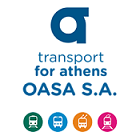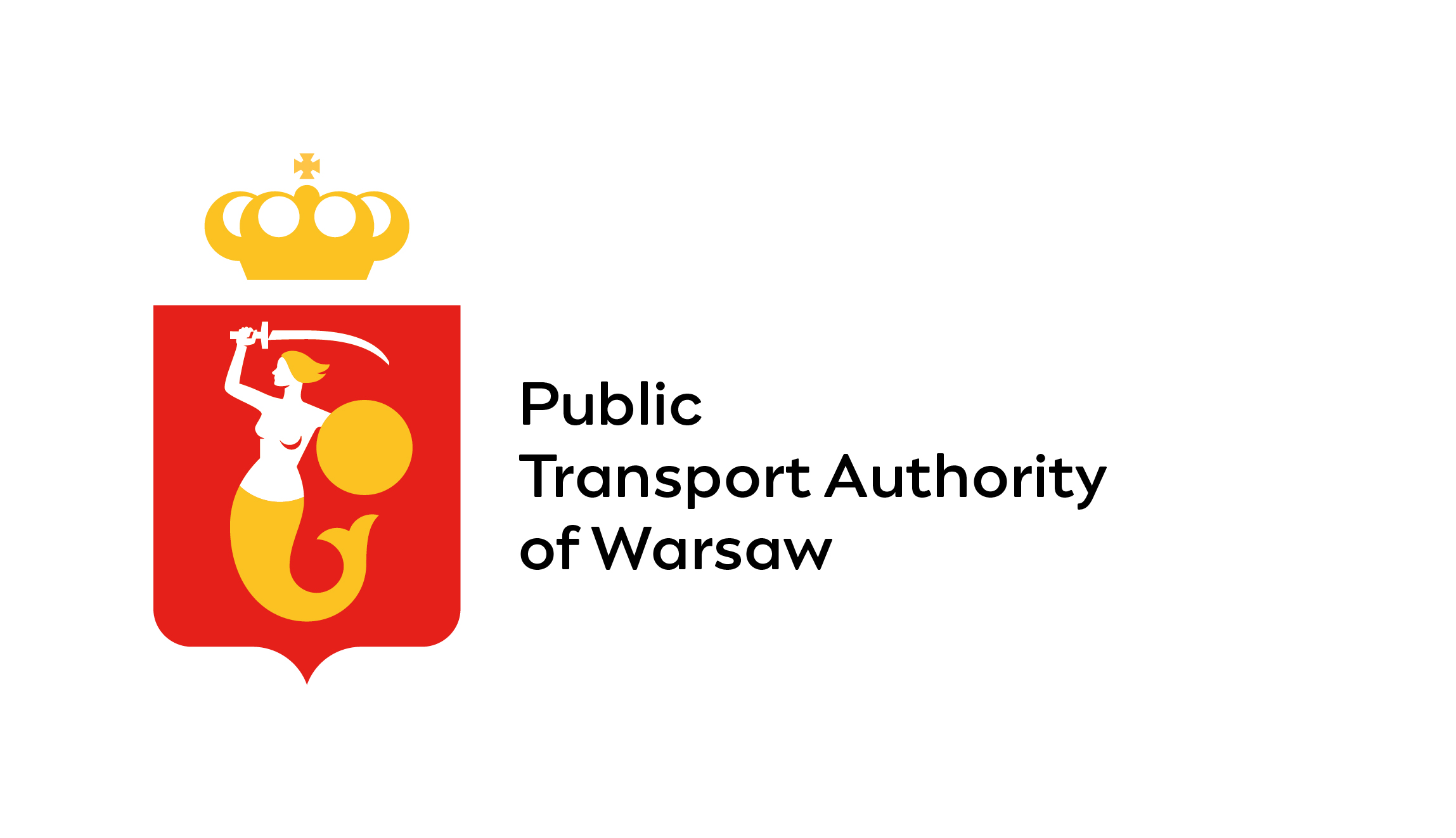News from the Cities
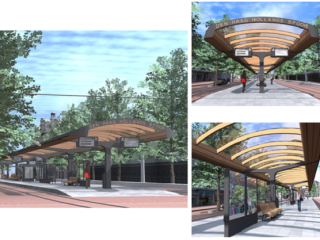
Metropolitan region Rotterdam – The Hague: sustainable transformation regional rail network
The Hague surroundings within Metropolitan region Rotterdam – The Hague (MRDH) was at a turning point in 2009. After the launch of RandstadRail (combination of tram- and heavy rail network at the Zoetermeer – suburban town near The Hague – and Hofplein connection) proved an iconic success. As a next step in the upgrade of
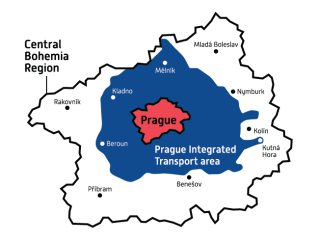
Integration of Public Transport governance in Prague and the Central Bohemian Region
Since the beginning of 2013, Prague Public Transport Authority (ROPID) and the Transport Department of the Central Bohemian Region (ODSCK) have been negotiating the terms for resolving major issues concerning the options to integrate the currently separated five public transport systems, into one joint integrated transport system for the city of Prague and of the
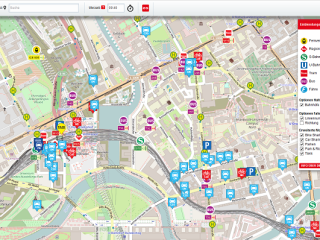
Connected mobility in VBB Berlin-Brandenburg: new Livemap for inclusive information on multimodal travel displaying locations for bikeshare, carshare, P&R and taxi
Since December 2015, the VBB Livemap not only includes information about public transport but on connected mobility services as well. In addition to current locations of the public means of transport the VBB Livemap shows locations where bike sharing and car sharing facilities are stationed. Taxi stands in the nearby area of the selected location
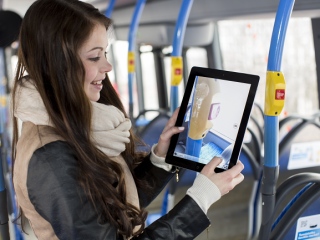
Using digitalized research methods for customer experience management
According to Forbes, customer experience is the “cumulative impact of multiple touchpoints” over the course of a customer’s interaction with an organization. In public transport, a typical path is: passenger deciding to make a journey, planning of this journey, travelling to a stop or station, acquisition of a ticket, waiting, boarding a vehicle, possible changes
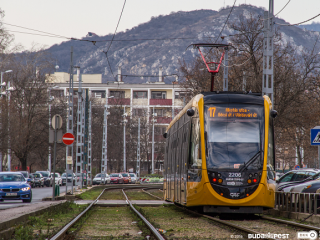
Passenger service is launched on the new interconnected tram network on the Buda side of the Hungarian capital, bringing a major transport development project to a close
By the opening of the interconnected tram network providing direct connections between the northern and southern areas on the Buda side of the river Danube in Budapest, the Buda tram network was unified on 16 January 2016 following decades of fragmentation. The new service parameters have been developed by BKK Centre for Budapest Transport, the
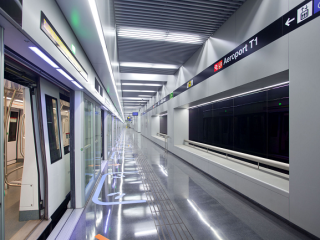
MTA of Barcelona reaches the highest number of demand in public transport in 2015 and continues committed to increase public transport infrastructures and services
The number of passengers of the Metropolitan Transport Authority (MTA) of Barcelona confirms the recovery of demand that began in the second half of the year 2013 and has allowed the closure of the year 2015 with 939.3 million journeys, up 2.5% on the 2014 figure, which represents an all-time record since the implementation of
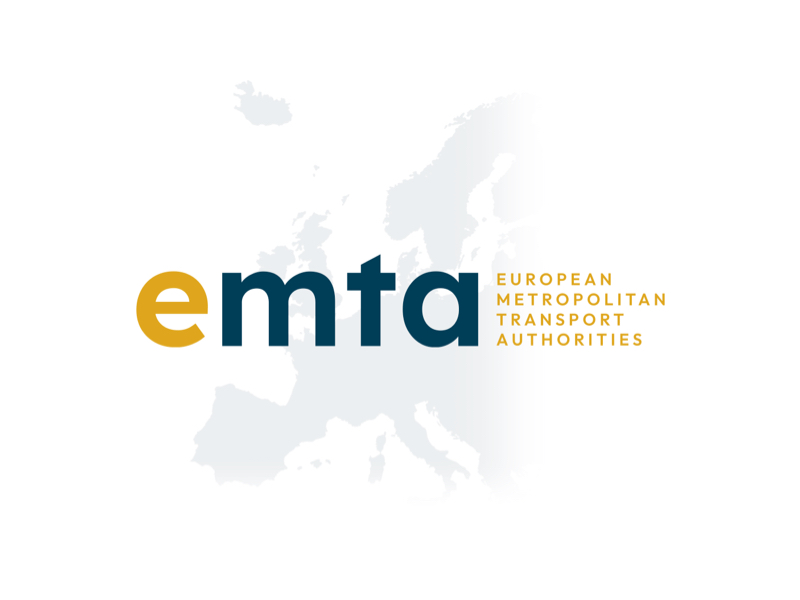
New Ring Rail Line opened in July – Helsinki Airport and city now connected by train
The summer of 2015 marked one of the most significant changes in the public transport of Helsinki region. In July, the new Ring Rail Line opened for passengers, providing a key public transport link for the entire metropolitan area. Ring Rail Line starts and ends in Helsinki central station, forming a loop in the north

Transport for London’s suburban rail network gets bigger
In July Transport for London (TfL) took over responsibility for another part of London’s suburban rail network, London Overground, adding suburban rail routes from Liverpool Street to north-east London. Under London Overground customers will immediately see stations staffed at all times that services are running – improving safety and ensuring a ‘turn up and go’
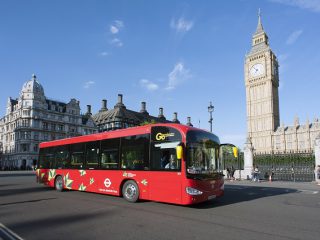
50 all-electric buses to enter service in London
With one bus route to convert to fully electric later this year and another two next year, London will have over 50 all electric buses in service from autumn next year, lowering carbon emissions and helping to improve the city’s air quality. London’s electric bus fleet, currently comprising vehicles from Chinese producer BYD and UK

An “app” merges all information of the public transport of Madrid in real time
The Consorcio Regional de Transportes de Madrid has developed a new “app” for mobile devices that unifies all the real time information on public transport in a single application. Thanks to this app, users can meet through the location, when will arrive the next transport service or where is the nearest stop or station. This


